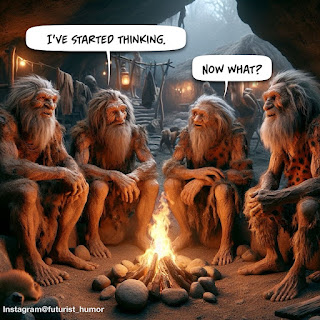I was recently on a call with a client who asked, “In addition to your standard services, what new ideas are you bringing to the table?” The client obviously placed a high value on ideas.
Competitive advantages first start as ideas. A single competitive advantage can open doors to a tsunami of additional advantages and economic benefits (Advantages=A²). For example, innovators and leaders always see data that laggards can’t. That data can be used to guide new product roadmaps, marketing opportunities, sales, improvements and innovations.
The value of new ideas, however, can only be realized if acted upon. I have personal journals full of good ideas with little to no value. I never acted. I can’t tell you how many times I have exclaimed to my wife, “That was MY idea!”, after having read about another company acting upon my latent good ideas.
Why hadn’t I acted? Most often it had to do with time and focus. My work at the time was not focused on “acting upon” that particular new idea, and my KPIs did not include acting on it.
What if companies were to recognize how valuable new ideas are to their future success? I recently interviewed a successful entrepreneur, Richard Skellett, about his views on workforce productivity and management. He said the business value of an employee should not be associated with a pre-defined position or pay scale, because even a junior employee could contribute highly valuable ideas to the company. Skellett believes every employee should have a balance sheet where their personal asset and liability curves could be recognized by all in a transparent manner. The more ideas and value a person brings to the company, no matter their position, the higher their reward.
In this age of the global pandemic, many changes and restrictions are being imposed upon us by the Covid-19 coronavirus. These changes, unwelcome as they are, are forcing many companies to experiment and test new processes and strategies. These are prime opportunities to consider new paradigms and to come up with new ideas. Use these unwelcome times to act upon your good ideas.
************************************************************************
Kevin Benedict
Partner | Futurist | Leadership Strategies at TCS
***Full Disclosure: These are my personal opinions. No company is silly enough to claim them. I work with and have worked with many of the companies mentioned in my articles.






